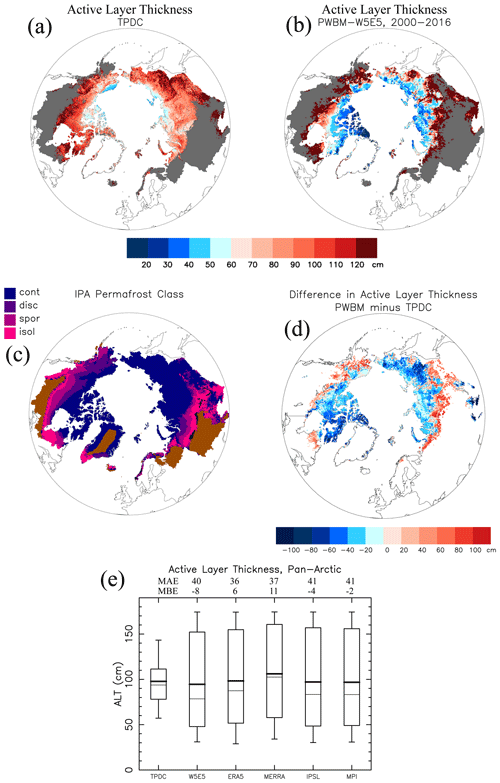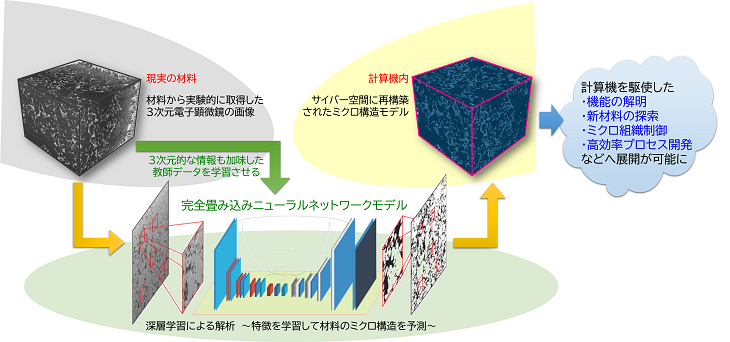2024-03-04 マサチューセッツ大学アマースト校

Zheng and Granick working in the lab. This photo was taken using the infrared camera they used for their experiments. The colors measure temperatures. Notice that their skin is warm and their hair is colder.
<関連情報>
- https://www.umass.edu/news/article/umass-amherst-researchers-find-exception-200-year-old-scientific-law-governing-heat
- https://www.pnas.org/doi/10.1073/pnas.2320337121
マクロスケールにおけるフーリエの法則の例外 Exceptions to Fourier’s Law at the Macroscale
Kaikai Zheng, Shankar Ghosh, and Steve Granick
Proceedings of the National Academy of Sciences Published:March 5, 2024
DOI:https://doi.org/10.1073/pnas.2320337121
Significance
Traditional analysis of heat conduction in materials assumes that heat diffuses (Fourier’s law) with exceptions only at the nanoscale. Here, scrutinizing limits of this assumption, we examine translucent materials through which energy also transfers by electromagnetic radiation, and we perform the experiments in a vacuum to avoid air convection. We conclude that the independent pathway of energy transfer by electromagnetic radiation produces macroscopic-scale exceptions to predictions made using Fourier’s law. These empirical findings offer a challenge for theorists and a unique approach to engineer heat management.
Abstract
The usual basis to analyze heat transfer within materials is the equation formulated 200 years ago, Fourier’s law, which is identical mathematically to the mass diffusion equation, Fick’s law. Revisiting this assumption regarding heat transport within translucent materials, performing the experiments in vacuum to avoid air convection, we compare the model predictions to infrared-based measurements with nearly mK temperature resolution. After heat pulses, we find macroscale non-Gaussian tails in the surface temperature profile. At steady state, we find macroscale anomalous hot spots when the sample is topographically rough, and this is validated by using two additional independent methods to measure surface temperature. These discrepancies from Fourier’s law for translucent materials suggest that internal radiation whose mean-free-path is millimeters interacts with defects to produce small heat sources that by secondary emission afford an additional, non-local mode of heat transport. For these polymer and inorganic glass materials, this suggests unique strategies of heat management design.



